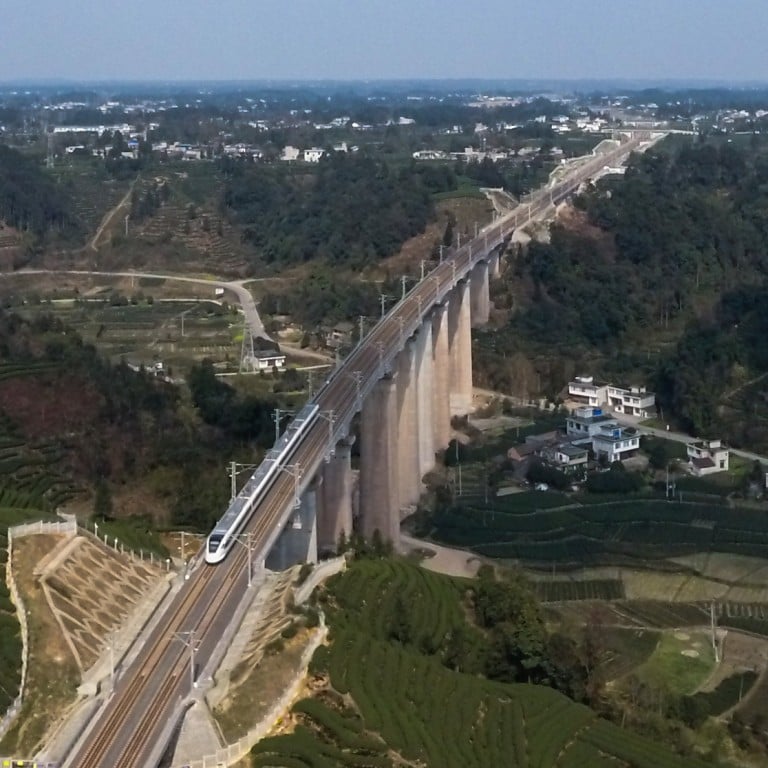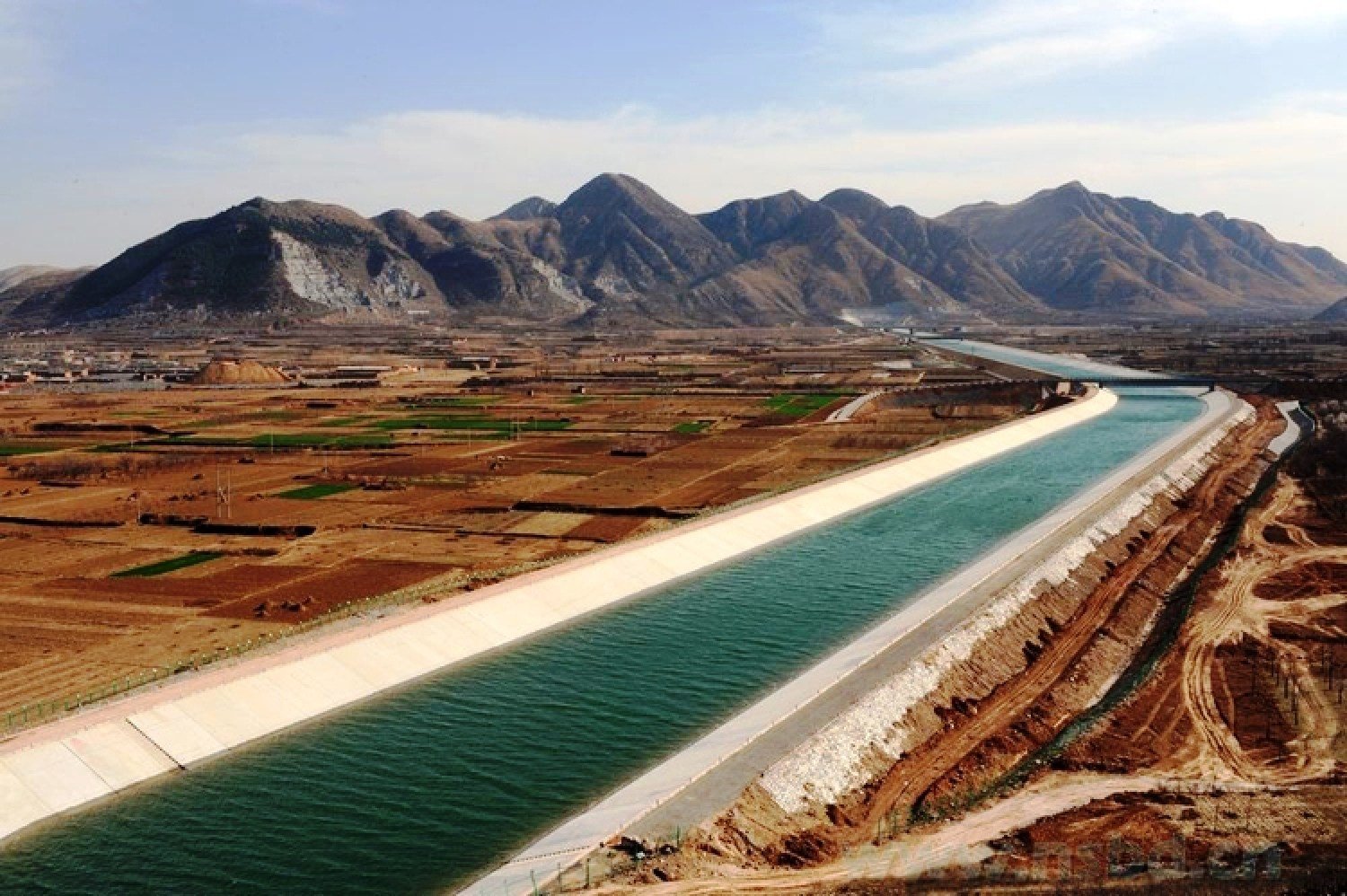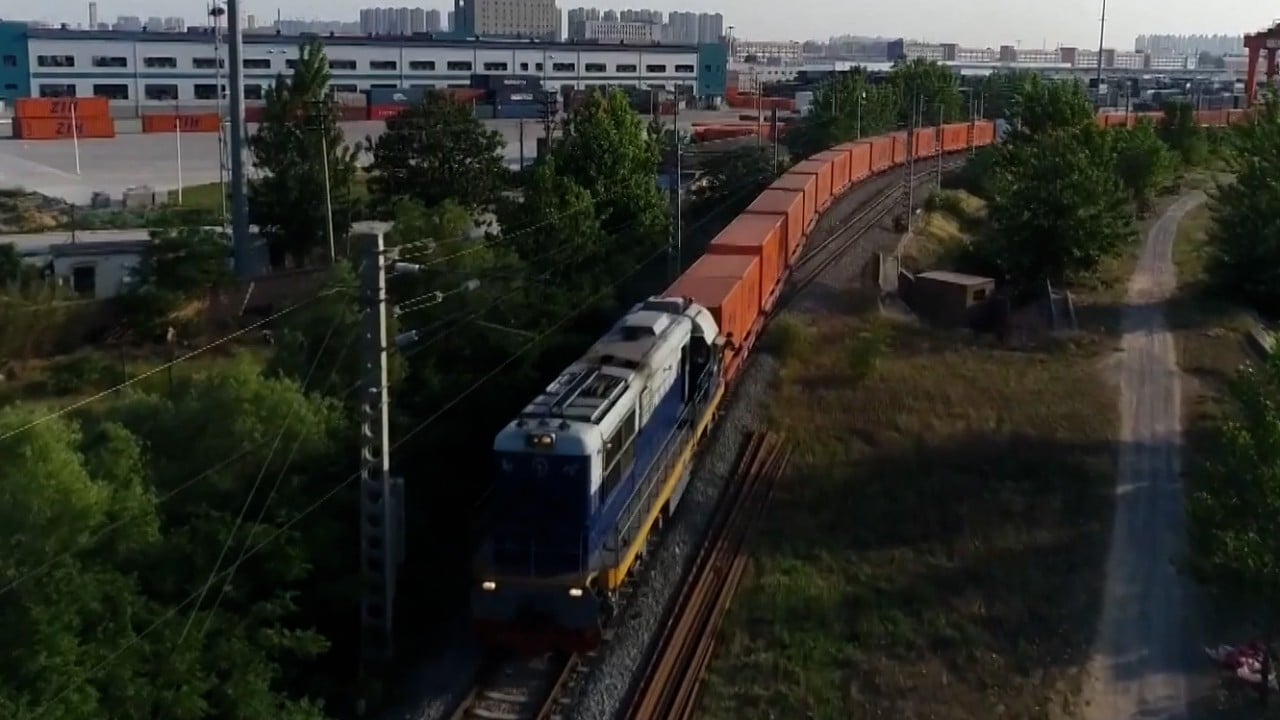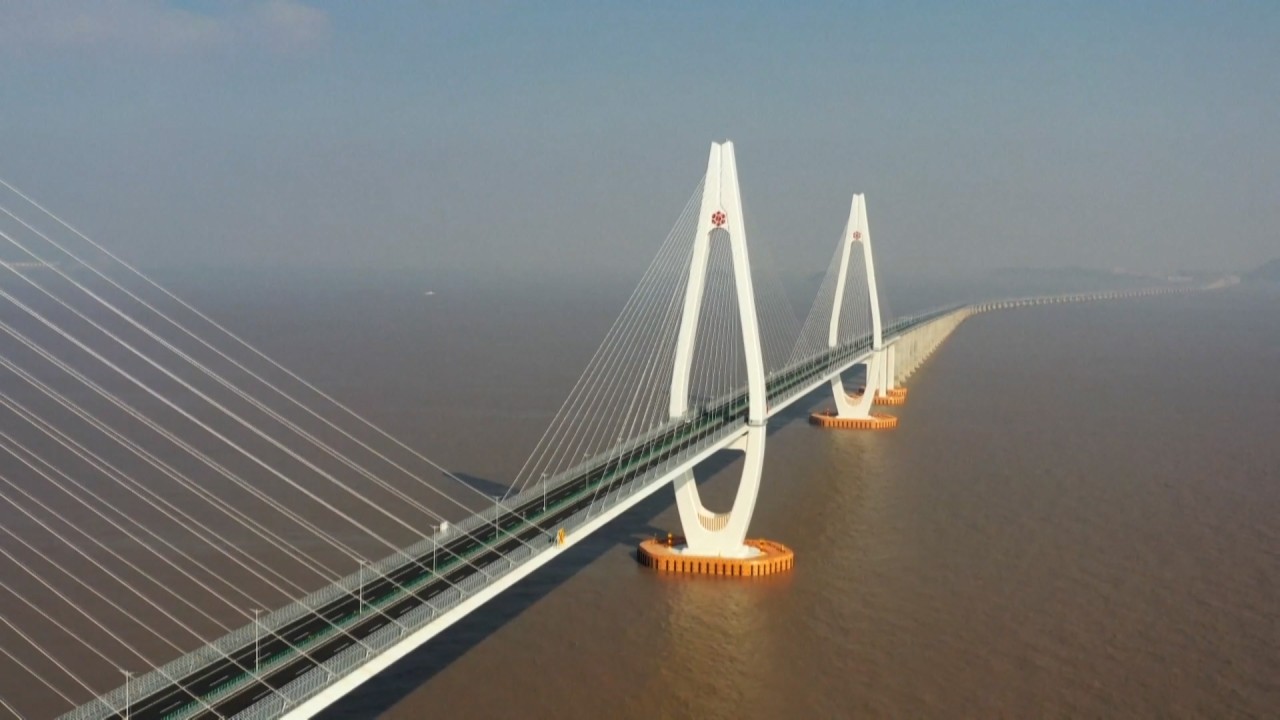
Explainer | China mega projects: 6 controversial infrastructure plans for the world’s No 2 economy
- From underwater railway tunnels to diverting water from rivers, China has a host of mega infrastructure projects in planning or under construction
- Beijing has traditionally used infrastructure spending to prop up the economy, but critics say credit-fuelled investment could lead to unsustainable debt
In late December, China’s finance ministry said it had offered local governments an early allocation of 1.46 trillion yuan (US$229 billion) in quotas for 2022 special-purpose bonds to help spur investment and support the economy.
A total of 102 mega-projects were also included in Beijing’s 2021-25 development plan, some of which will be “front loaded”.
We take a look at six mega projects that have stoked excitement – and controversy – in China.
1. Sichuan-Tibet railway
The Sichuan-Tibet railway is the second rail link between Tibet and hinterland provinces after a connection with Qinghai was launched in 2006.
Connecting Chengdu, the capital of Sichuan province, and Lhasa, the capital of Tibet autonomous region, the project could reduce travel time from 36 hours to 13 hours.
State-owned China Railway Group has listed it as a key strategic project and, after receiving backing from President Xi Jinping, it is viewed as the top priority for China’s railway building.
China to boost economy with 12,000km expansion of high-speed railway by 2025
Construction on the project, which has a planned investment of 319.8 billion yuan (US$50.6 billion), started at the end of 2020 and is expected to be completed by 2026.
The section connecting Chengdu and the city of Yaan in Sichuan province opened in 2018, with the 435km section between Nyingchi in Tibet autonomous region and Lhasa opened in June.
The remaining 1,011km will be built using tunnels and bridges and will travel through territories at a peak altitude of more than 9,000 feet.
2. South-North Water Transfer Project
China’s grand plan to divert dozens of billion cubic metres of water annually from the Yangtze River in the south to northern regions through three canals has been talked about since the early 1950s.
The government has not revealed the exact amount it is investing in the project, but previous market estimates put it at around 500 billion yuan.
The eastern canal follows the direction of the historic Grand Canal and passes through the provinces of Jiangsu, Shandong and Hebei.
China approved construction of the eastern route and phase one of the central route in 2002 and 94.2 per cent was completed by the end of last year.
The total volume of water diverted was 9.7 billion cubic metres (2.1 trillion gallons) in 2021 – equivalent to 3.2 million Olympic swimming pools.
As of the end of 2021, some 49.9 billion cubic metres of water has been diverted since the eastern route was opened earlier that year, according to the Ministry of Water Resources.
In May, Xi visited the central route and hosted a symposium where he said the project was justified to meet the needs of people, as well as to ensure ecological safety and sustainability.
Authorities will push forward with follow-up projects along the eastern and central canals, while also beginning the early stage work for the western route, Minister of Water Resources Li Guoying told the 2022 annual work conference in January.

3. Yantai-Dalian Undersea Tunnel
Train trips could be slashed from 10 hours to one hour and make the need for an eight hour ferry obsolete.
The project was first mooted in the early 1990s, but its feasibility has long been questioned, given the complicated technology required and low transport demand.
It gained more prominence after the central government included it in its plan to revitalise northeastern China in 2014.
Is China’s local government debt a concern and what role do LGFVs play?
The late tunnel expert, Wang Mengshu, who was deputy chief engineer of China Railway Construction Group and head of the project’s strategic planning team, said it would require investment of about 260 billion yuan. The proposal was sent to the State Council for consideration in 2013.
Construction plans were submitted to the National Development and Reform Commission (NDRC), China’s top economic planning agency, for approval in May 2019, but no further decision has been made public.
However, there are signs the project could be moving forward. For instance, the high-speed railway station of Penglai, a district of Yantai city, has made preparations for cross-Bohai connections.
4. Yarlung Zangbo River Dam
Building a hydropower dam on the lower reaches of the Yarlung Zangbo River, which is known in India as Brahmaputra River, was mentioned by Yan Zhiyong, chairman of the state-owned Power Construction Corporation of China, in November 2020.
In his address to the China Society of Hydropower Engineering, he mentioned the Great Bend region of the river has potential to produce nearly 70 million kilowatts, triple the capacity of Three Gorges hydropower station.
Tibetan authorities are pushing for development of the Dagu station, which lies midway along the Yarlung Zangbo River, after hydropower stations Zangmu and Jiacha became operational.
While the project is still in a very early stage, it has aroused huge concern from countries downstream, especially India, which is worried that water resources could be weaponised by China.
5. Taiwan Strait Tunnel Project
The tunnel was proposed as part of the Beijing-Taipei Expressway, which, if completed, would connect the mainland with Taiwan. It has subsequently been included in China’s railway development plan.
The Fuzhou-Taipei section of the high speed railway was also included in the 2021-35 transport network development plan released by the State Council in February 2021.
The project consists of a 126km undersea tunnel that has been the subject of many academic discussions and feasibility studies, including one organised by the state-owned China Railway Engineering Corporation.
Despite the enthusiasm in mainland China, there is an obvious lack of interest from Taiwan, which is regarded by Beijing as a breakaway province that must be united, by force if necessary.
A song named Going to Taiwan by High-Speed Train went viral on Douyin, the Chinese version of TikTok, in November.
6. Hongqi River Project
Including the branch canals, it will stretch 6,188km, slightly less than the length of the Yangtze River, while 60 billion cubic metres of water will be diverted annually, more than the annual flow of the Yellow River. It will take 10 years to complete and cost 4 trillion yuan, according to Gao.
The project has been the subject of two academic discussions and Shanlin Finance, a peer-to-peer lending platform, claimed it would support the scheme, before it folded in 2018.




